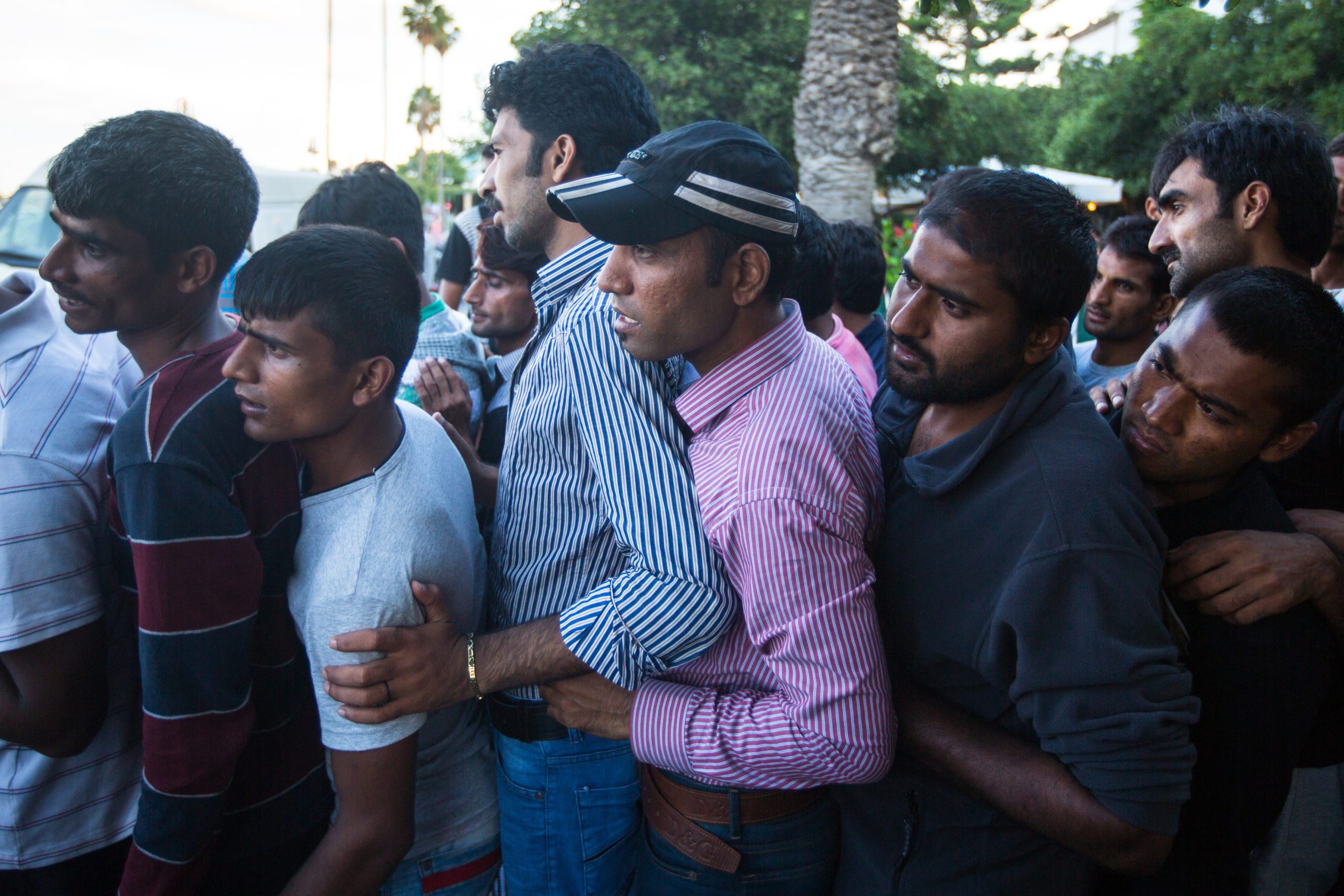As its middle-class increasingly shrinks—and with an ever-increasing number of German workers slipping into poverty—the federal government last year continued to spend an exorbitant amount of its state funds on asylum seekers and integrating newcomers from alien cultures.
A briefing sent from the Federal Ministry of Finance to the Bundestag on Monday has revealed that the federal government spent nearly 22 billion euros on asylum seekers and costs associated with the integration of newly arrived migrants in 2021, slightly down from the 22.5 billion euros that were spent the previous year, Junge Freiheit reports.
Having taken in some 800,000 Ukrainian refugees since the Russo-Ukrainian war began earlier this year—and with asylum applications up 57% this year, at its highest level since 2017—the amount spent by the German state on social welfare and integration costs is likely to further balloon in the future.
The federal government made approximately 3 billion euros available to state and municipal governments for refugee and integration costs, down from 3.7 billion euros the previous year, with costs for accommodations with heating accounting for a little more than half of the allocated funds.
So-called ‘unaccompanied minors’ received 350 million euros, while an additional 18.8 billion was spent solely by the federal government on immigration costs. A further 9.8 billion euros was spent on investments abroad to combat pull factors.
News of the finance ministry’s briefing comes one month after the chairwoman of Germany’s largest trade union federation, who formerly served as a member of the Bundestag for the Sozialdemokratische Partei Deutschlands (SDP), called for Hartz IV social welfare benefits to be extended to asylum seekers, including those who have had their asylum applications rejected.
If adopted by Germany’s left-liberal, pro-mass migration government, which is likely, the new policy would place rejected asylum seekers on equal footing with unemployed German workers, giving them access to 449 euros in state funds each month.
Presently, some 900,000 migrants, nearly half of those who arrived in Germany during the European Migrant Crisis of 2015-16, still live on social welfare benefits, as The European Conservative has previously reported.






